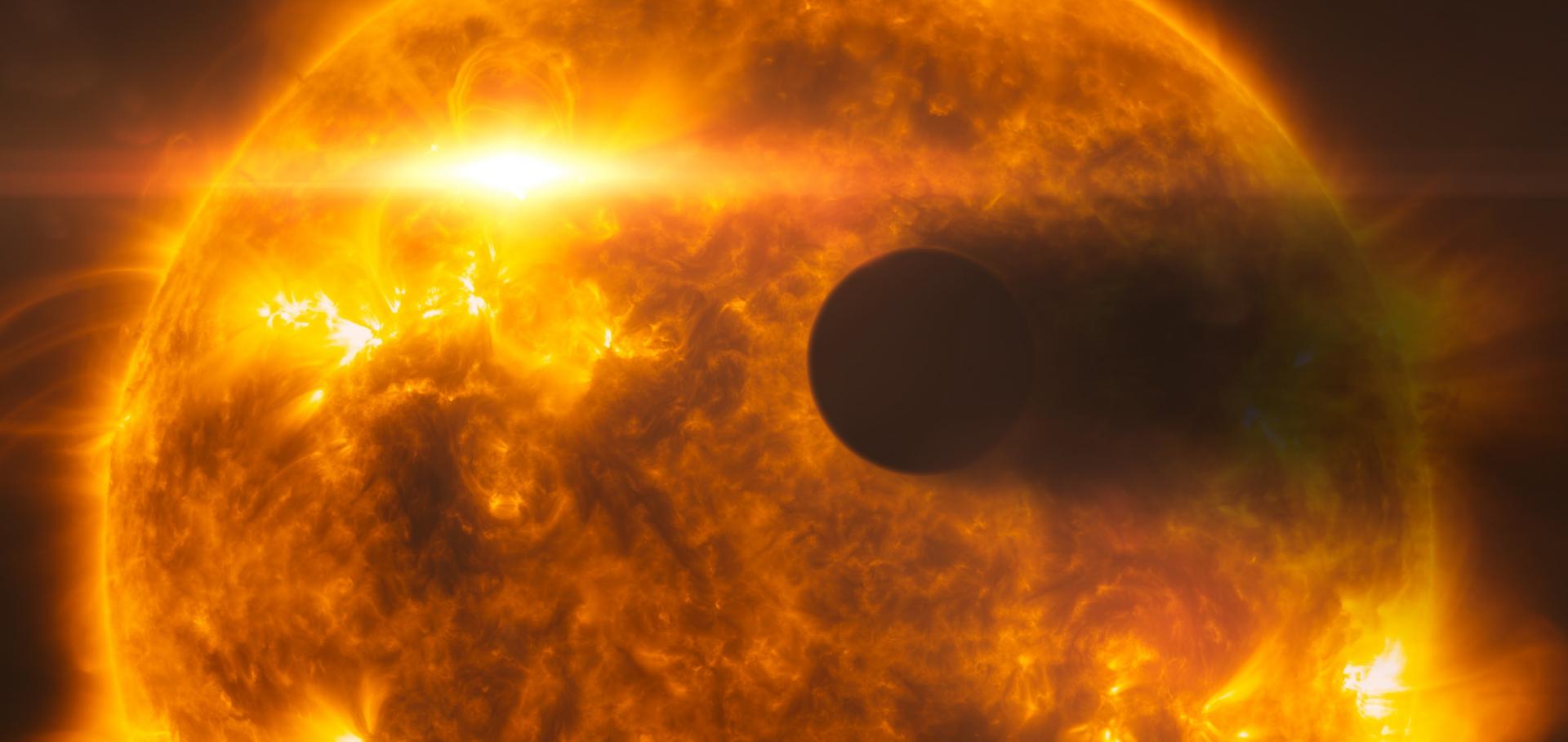Characterising stellar micro-variability for planetary transit searches
(2003)
Additional science potential for Corot
European Space Agency, (Special Publication) ESA SP (2003) 435-445
Abstract:
Space experiments which are aiming towards astero-seismology and the detection of exoplanets, like COROT or MOST, Eddington and Kepler, are designed to deliver high precision photometric data. Obviously, the they can be used also for other purposes than the primary science goals and in addition many other targets can or will be automatically observed simultaneously with the primary targets. As a consequence, fascinating possibilities for additional (parallel, secondary) science projects emerge. For COROT a dedicated working group was thus established with the goal to contribute any useful information which may optimize the scientific output of the mission.Impact of stellar micro-variability on Eddington's planet-finding capability
European Space Agency, (Special Publication) ESA SP (2003) 215-224
Abstract:
A method for simulating light curves containing stellar micro-variability for a range of spectral types and ages is presented. It is based on parameter-by-parameter scaling of a multi-component fit to the solar irradiance power spectrum (based on VIRGO/PMO6 data), and scaling laws derived from ground based observations of various stellar samples. A correlation is observed in the Sun between the amplitude of the power spectrum on long (weeks) timescales and the BBSO Call K-line index of chromospheric activity. On the basis of this evidence, the chromospheric activity level, predicted from rotation period and B - V colour estimates according to the relationship first introduced by Noyes (1983) and Noyes et al. (1984), is used to predict the variability power on weeks time scale. The rotation period is estimated on the basis of a fit to the distribution of rotation period versus B - V observed in the Hyades and the Skumanich (1972) spin-down law. The characteristic timescale of the variability is also scaled according to the rotation period. This model is used to estimate the impact of the target star spectral type and age on the detection capability of space based transit searches such as Eddington and Kepler. K stars are found to be the most promising targets, while the performance drops significantly for stars earlier than G and younger than 2.0 Gyr. Simulations also show that Eddington should detect terrestrial planets orbiting solar-age stars in most of the habitable zone for G2 types and all of it for K0 and K5 types.Detecting planetary transits in the presence of stellar variability. Optimal filtering and the use of colour information
Astronomy and Astrophysics 401:2 (2003) 743-753
Abstract:
Space-based photometric transit searches, such as the ESA mission Eddington (planned for launch in 2007), are expected to detect large numbers of terrestrial planets outside the solar system, including some Earth-like planets. Combining simplicity of concept with efficiency, the transit method consists in detecting the periodic luminosity drop in stellar light curves caused by the transit of a planet in front of its parent star. In a previous paper (Aigrain & Favata 2002, hereafter Paper I), we developed a Bayesian transit detection algorithm and evaluated its performance on simulated light curves dominated by photon noise. In this paper, we examine the impact of intrinsic stellar variability. Running the algorithm on light curves with added stellar variability (constructed using data from the VIRGO/PMO6 instrument on board SoHO) demonstrated the need for pre-processing to remove the stellar noise. We have developed an effective variability filter, based on an ad-hoc optimal approach, and run extensive simulations to test the filter and detection algorithm combination for a range of stellar magnitudes and activity levels. These show that activity levels up to solar maximum are not an obstacle to habitable planet detection. We also evaluated the benefits of using colour information in the detection process, and concluded that in the case of Eddington they are outweighed by the implied loss of photometric accuracy.The photospheric abundances of active binaries I. Detailed analysis of HD 113816 (IS Vir) and HD 119285 (V851 Cen)
Astronomy and Astrophysics 397:2 (2003) 747-756


